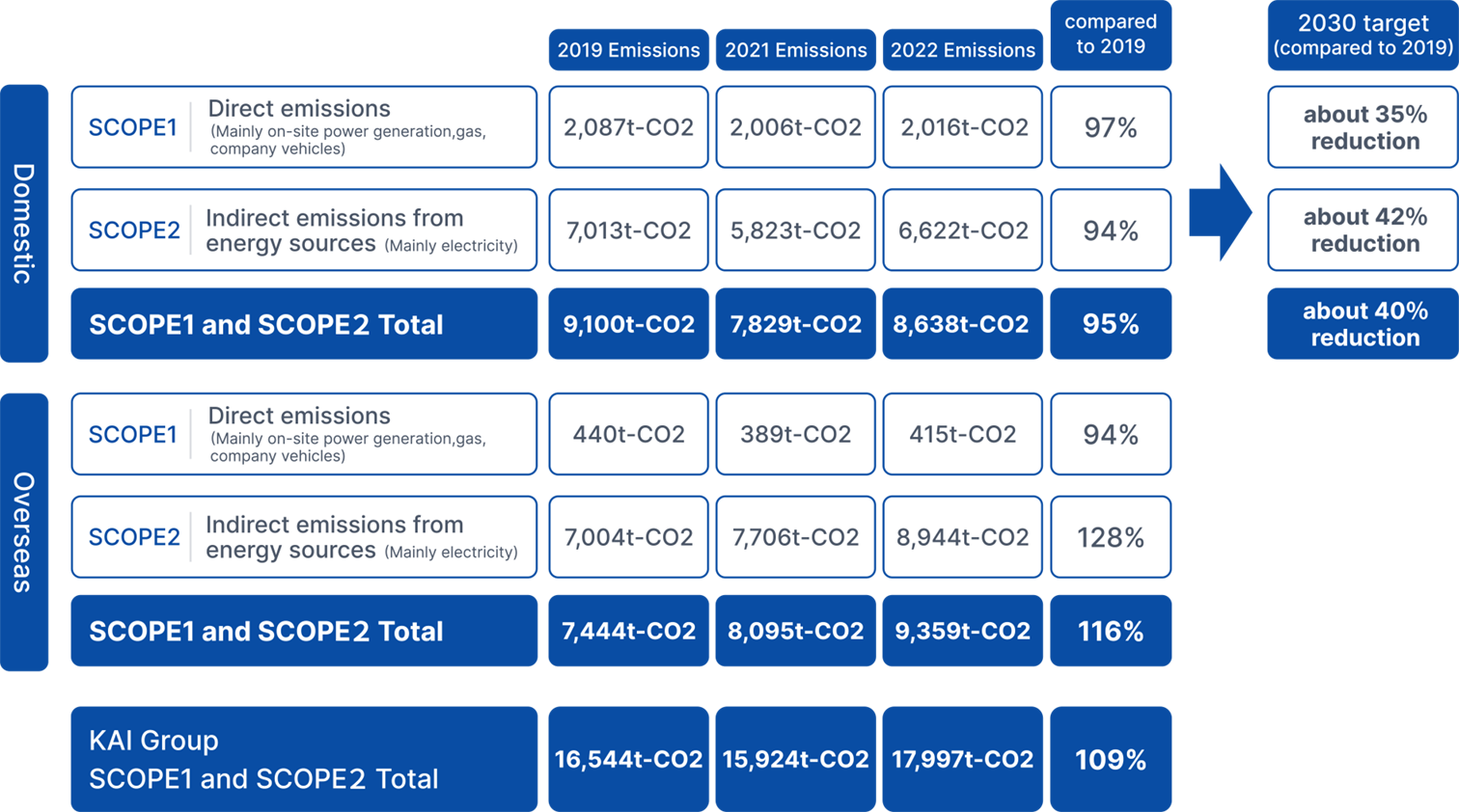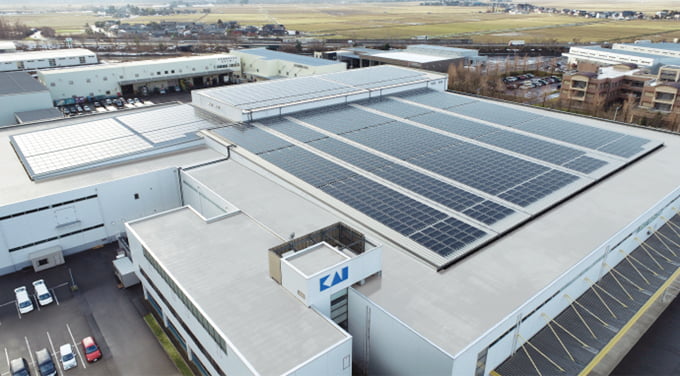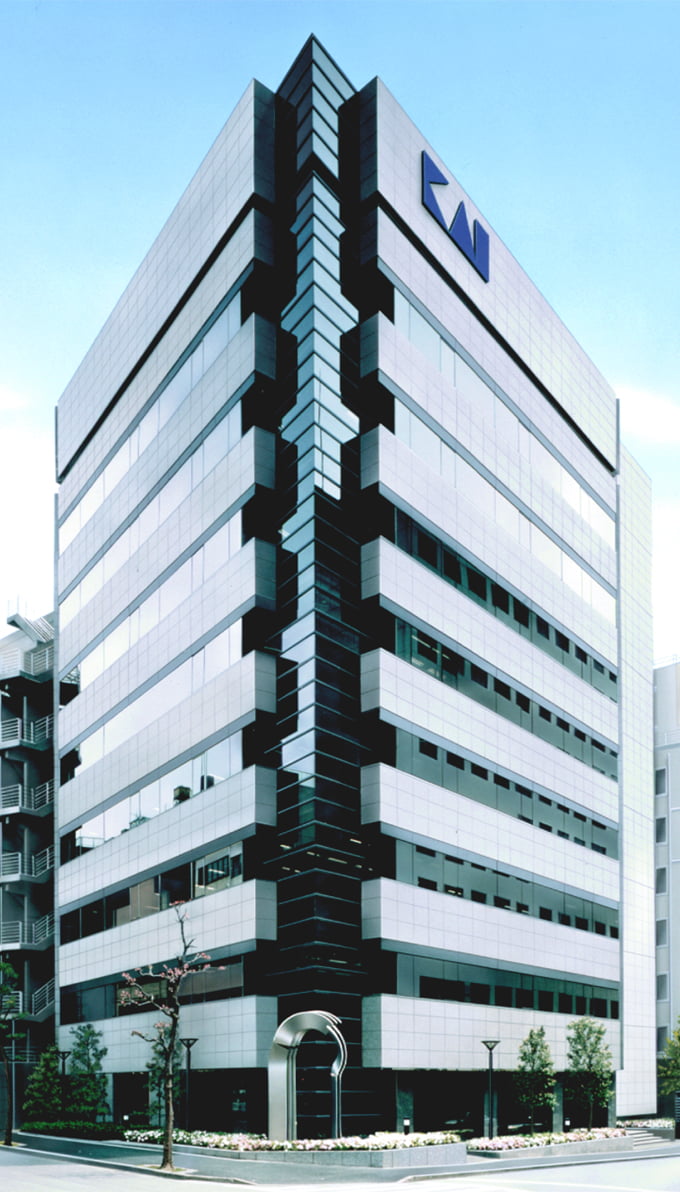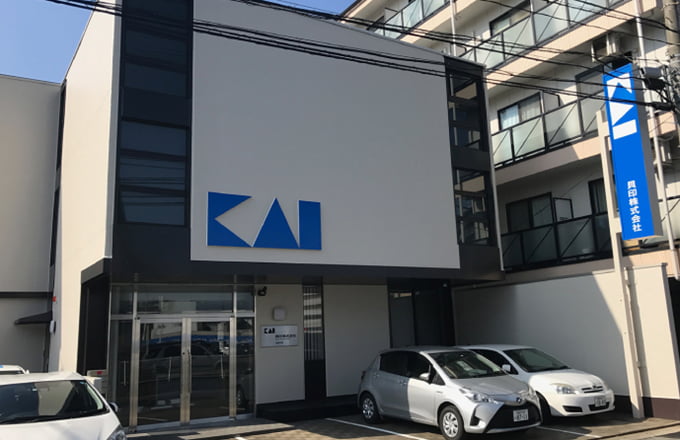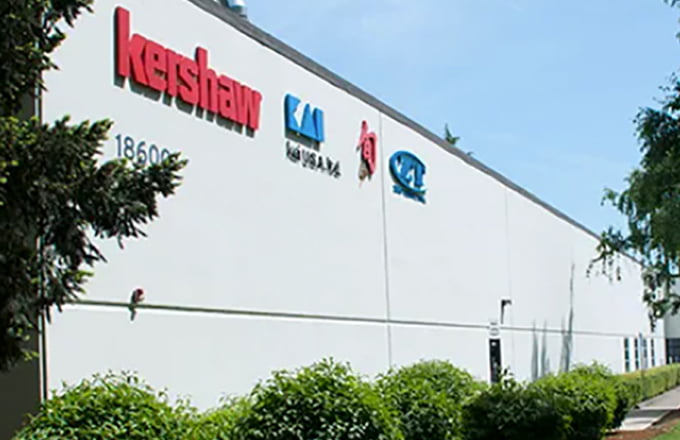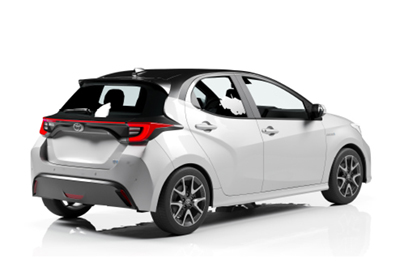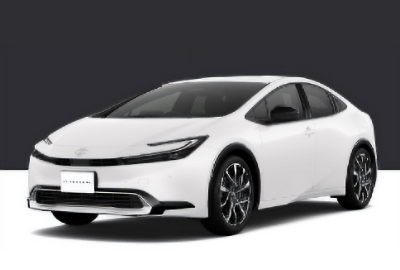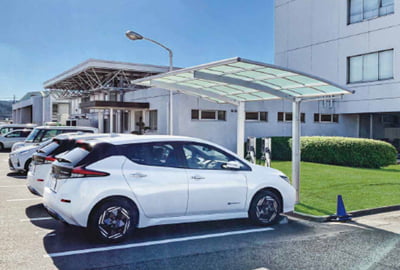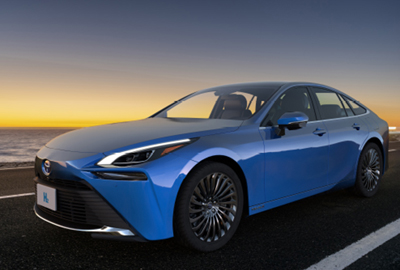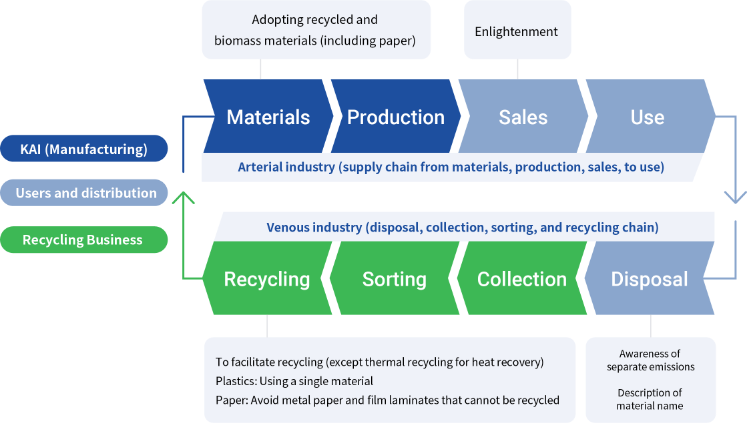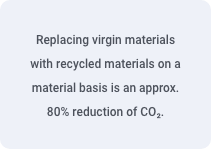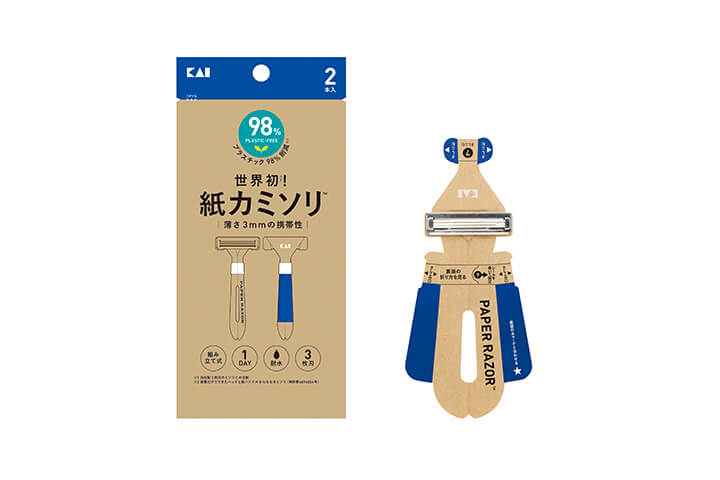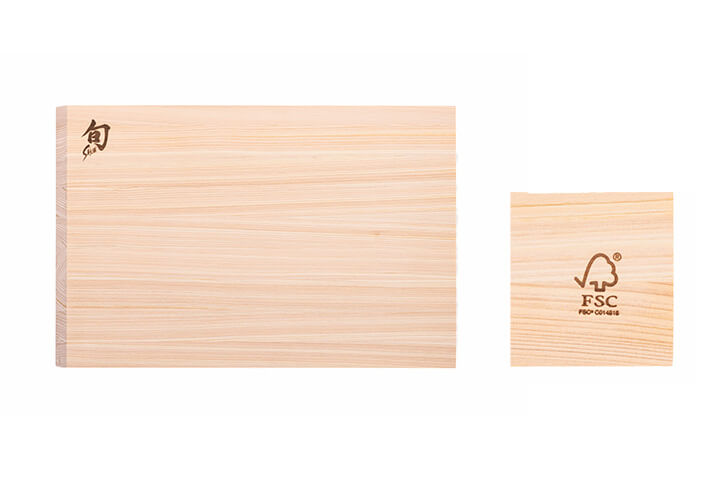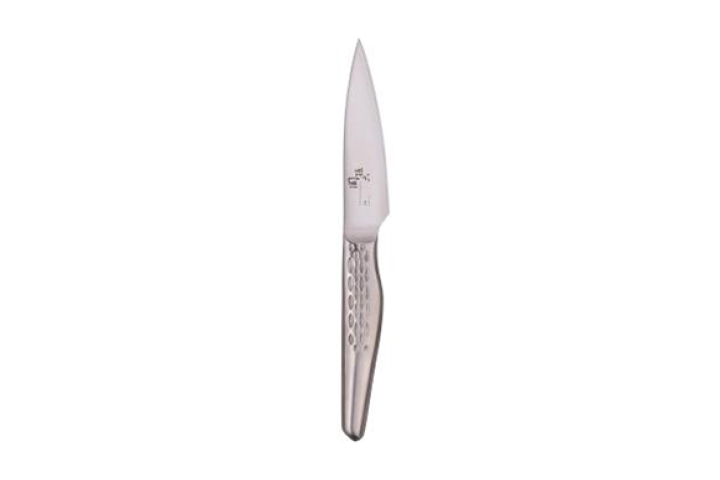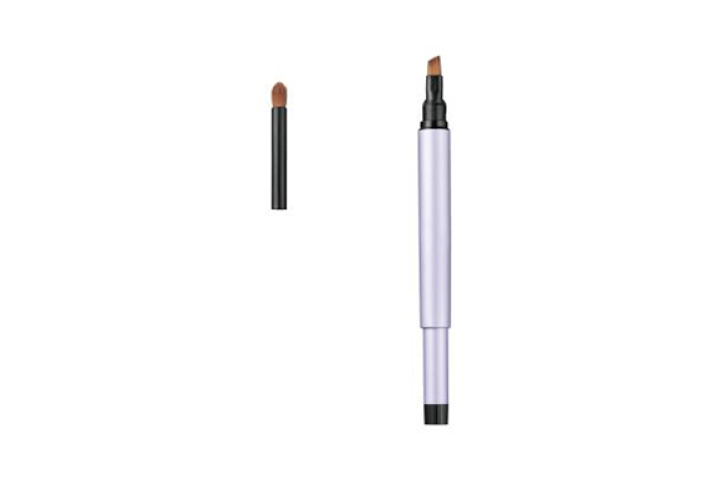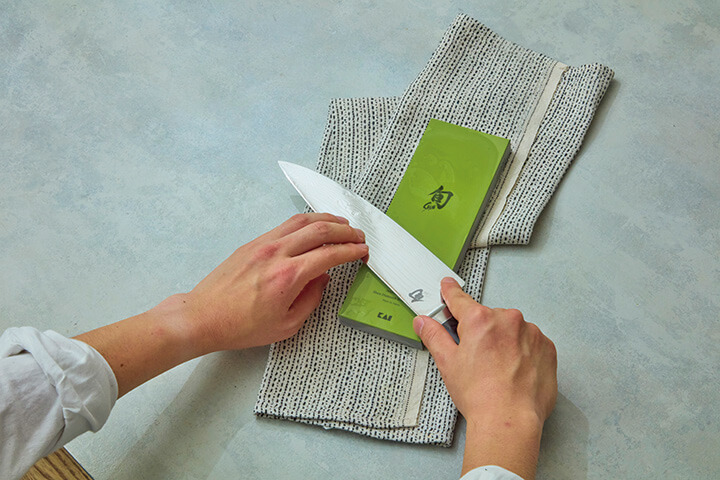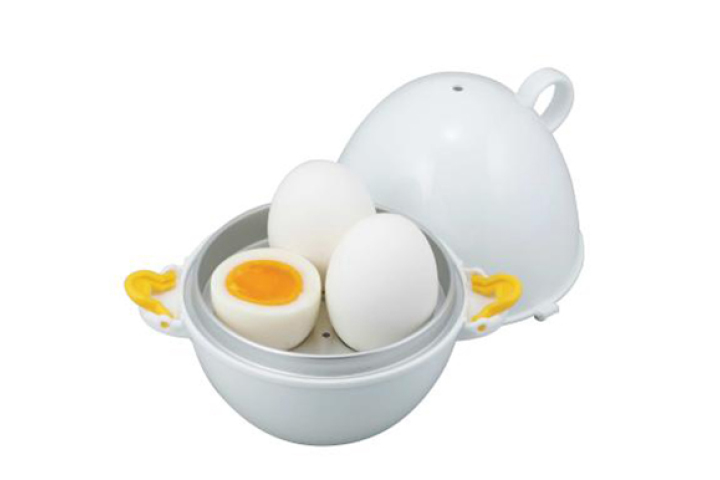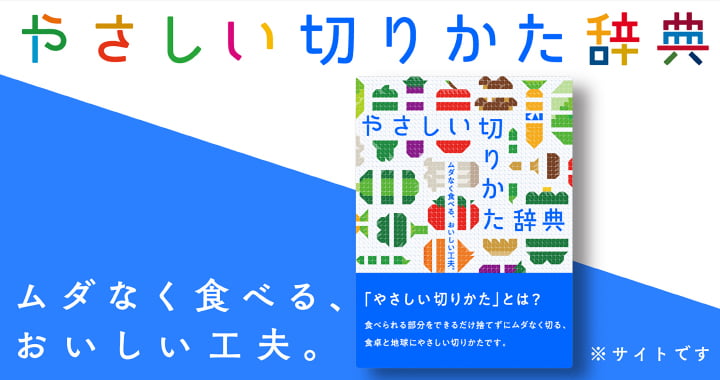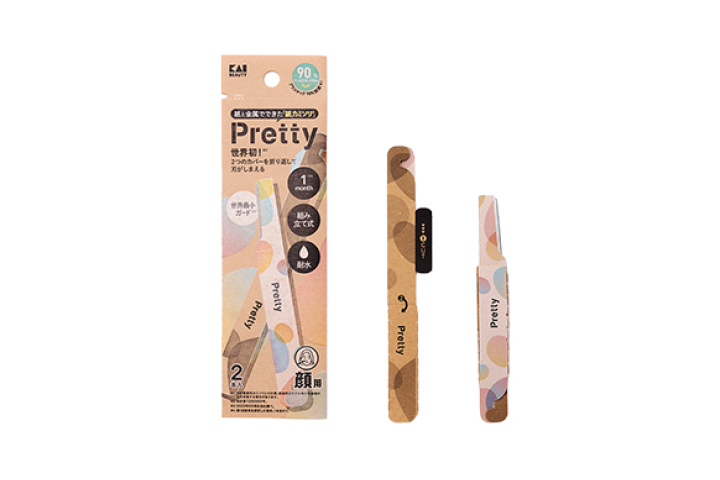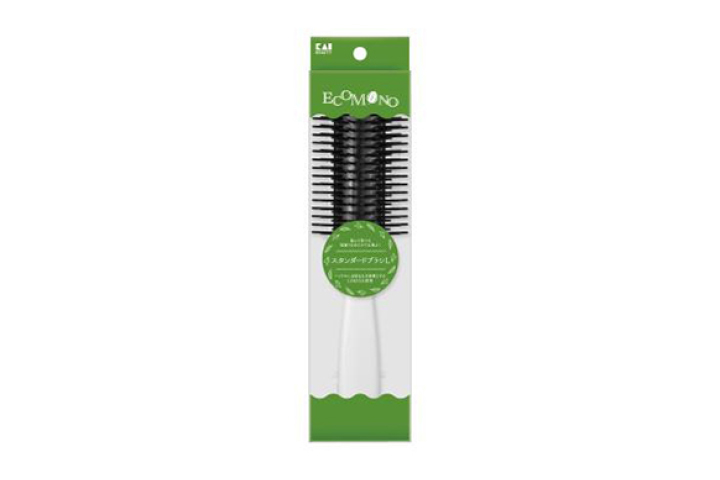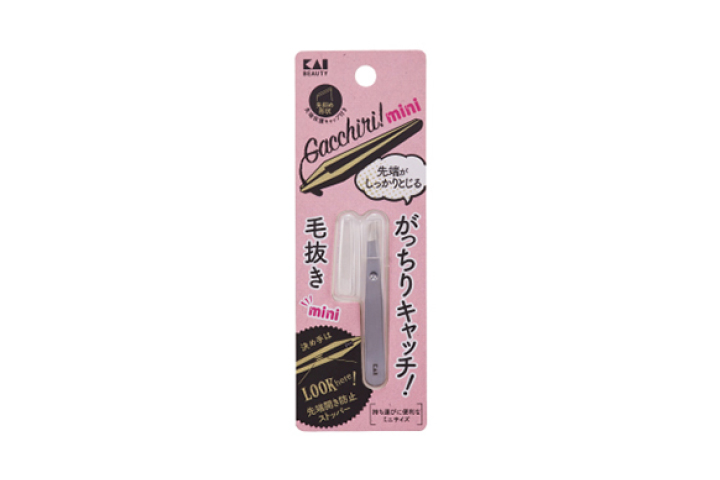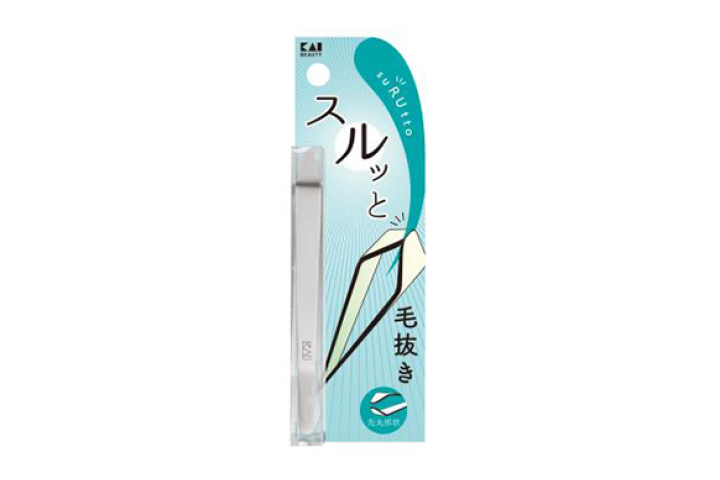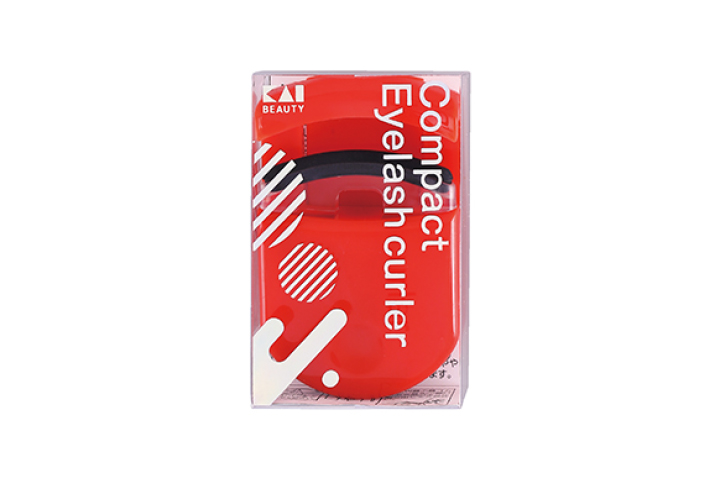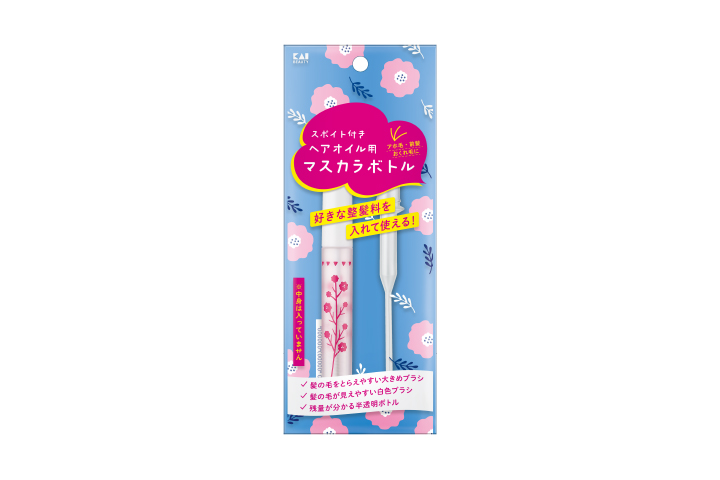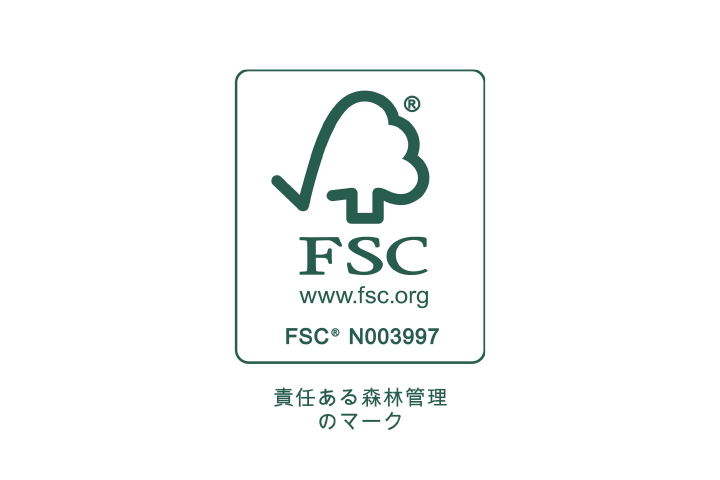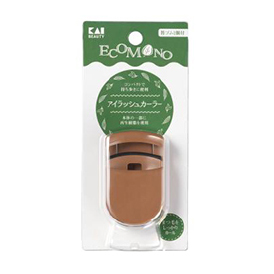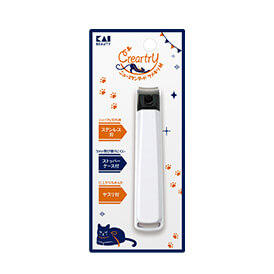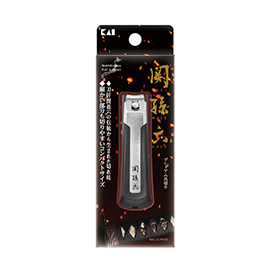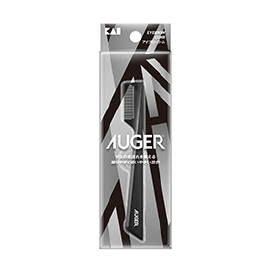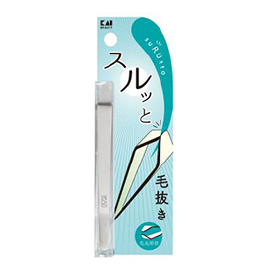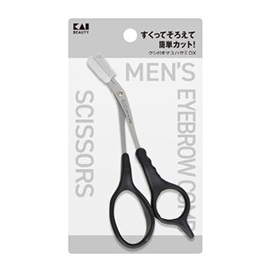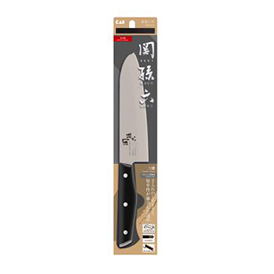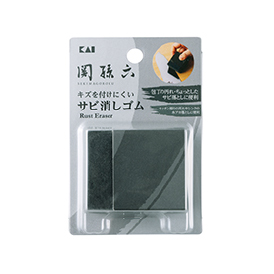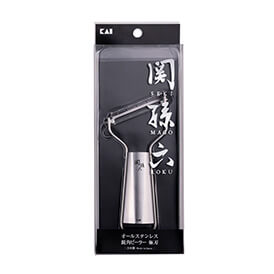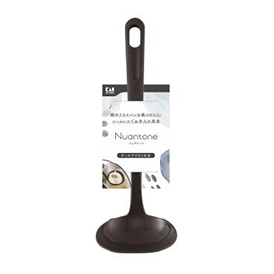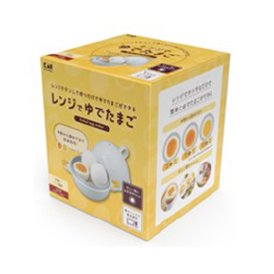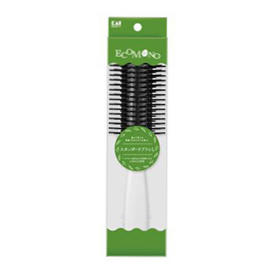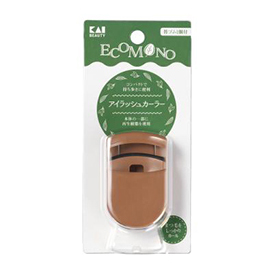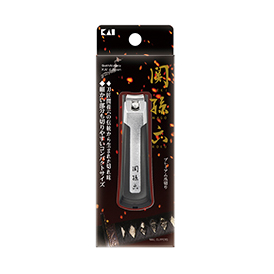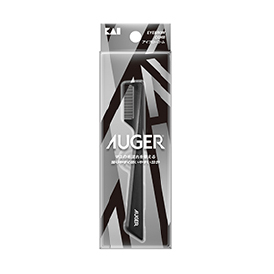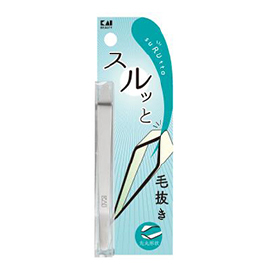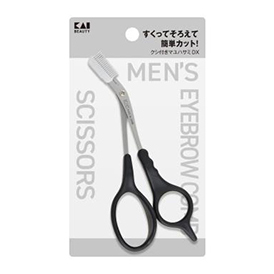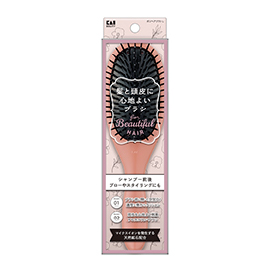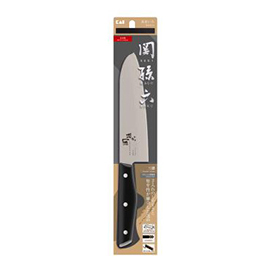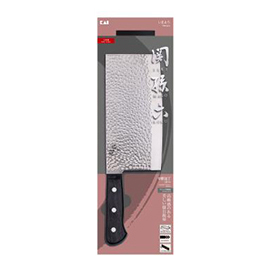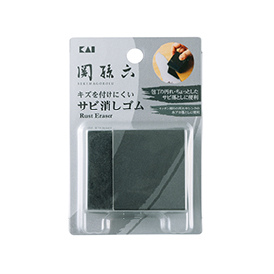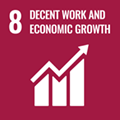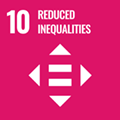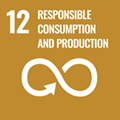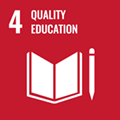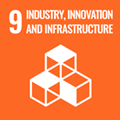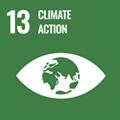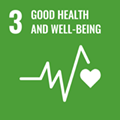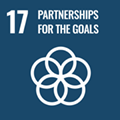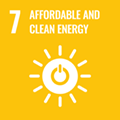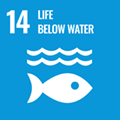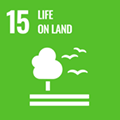Sustainability Commitment
- TOP
- KAI Group Initiatives
- Sustainability Commitment
KAI Group works together with all stakeholders to protect the natural environment, daily life, and future sustainability, while collaborating with society and the supply chain to promote continuous development.
SDG Action
We specify the SDG goals closely related to key areas of our business activities along the value chain. By enhancing positive impacts and reducing negative ones, we aim to promote sustainable development.

※Designed with the reference to the SDG Compass (FY2021);
Revised: March 2025
Increase Positive Impacts and Reduce Negative Impacts



Responsible
Procurement
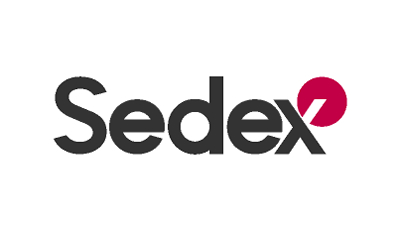
Engage in responsible manufacturing and procurement throughout the supply chain.
(Participation in the Supplier Ethics Information Sharing Platform [Sedex*])
Employee Safety
and Health

Maintenance and activities for health, safety, and compliance.
Health Promotion
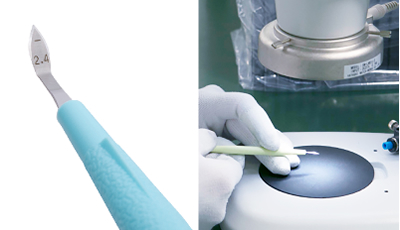
Provide tools for safe and secure medical care.
Tools for Life

Provide tools for a refreshing and enjoyable lifestyle.

Environmentally Friendly Products
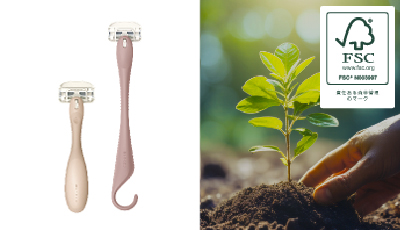
Use recycled materials for products. Use FSC-certified paper for packaging to conserve forests. Replace plastics with paper as part of the effort to reduce plastics.
Greenhouse Gas Reduction
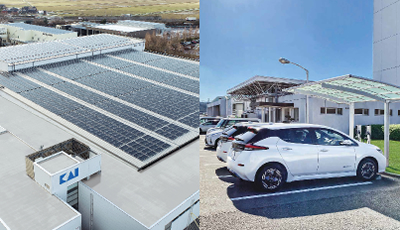
Switch to renewable energy resources for electricity and install solar power generation systems (PPA Power Purchase Agreement). Replace company vehicles with lower environmental impact models.
Promote Material Recycling
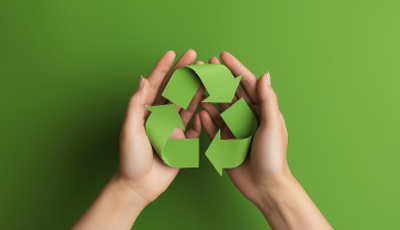
Promote initiatives from collection to recycling. Encourage the use of recycled materials.
Educate to use materials for a long time.
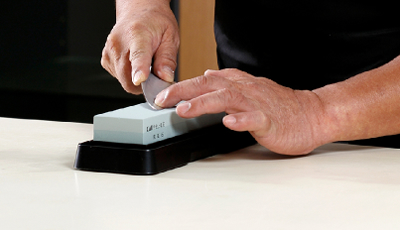
Offer sharpening services for kitchen knives. Increase the sales of whetstones to educate people about the importance of sharpening and using kitchen knives for a long time.
Sustainability Resources
-
1
Sustainability at the KAI Group
-
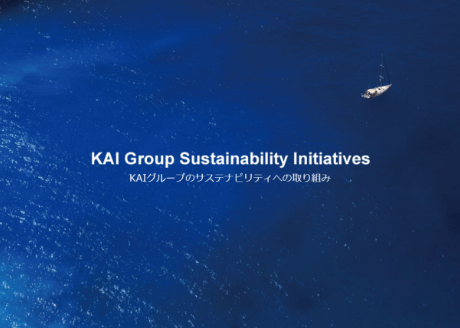
Coming soon
-
2
Map of Business and SDG Connections
-
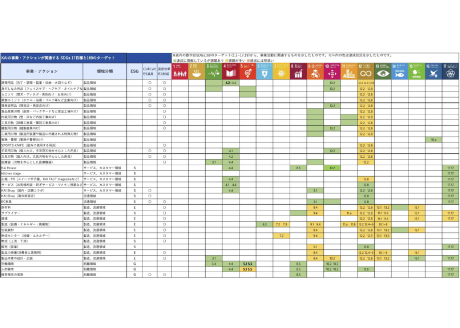
This document shows which SDG goals and targets are linked to each of our business activities.
View PDF file
-
3
SDGs Booklet
-
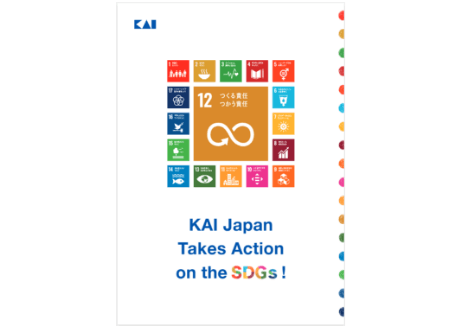
An easy-to-understand summary of the KAI Group's SDG initiatives.
View Japanese PDF View English PDF View Chinese PDF
Governance
KAI Group complies with the laws and social regulations of each country and region to create fair, transparent and free competition with appropriate transactions. We will improve our corporate governance system and become a company that society can trust.
Combine Sustainability with Business Management

Sustainability Promotion Department proposes and reports new initiatives to the Management Meeting every month to make the decision-making process more efficient.
Compliance System
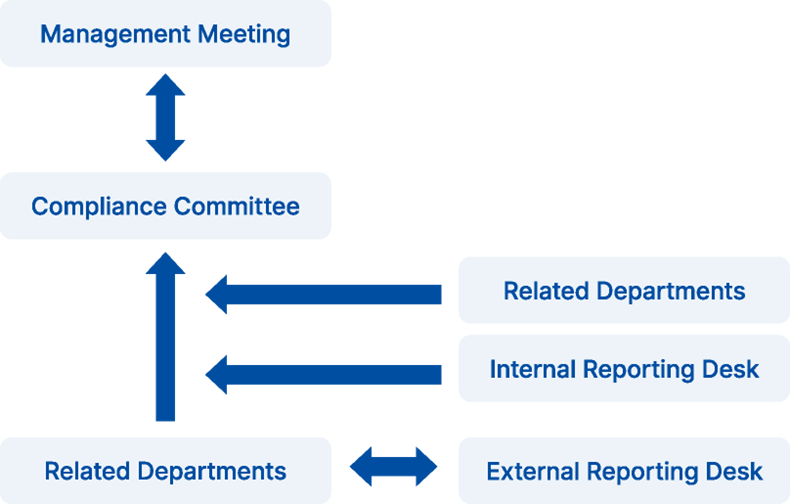
The Compliance Committee is composed of representatives from all relevant departments.
The Compliance Committee gathers compliance-related initiatives and information and reports them to the Management Meeting to make the decision-making process more efficient.
- Comply with laws and regulations. Provide guidance to each department.
- Comply with labor, health and safety regulations. Provide guidance to each department.
- Conduct compliance training.
- Comply with information security. Provide guidance to each department.
- Conduct internal audits on outsourcing personal information.
- Advice to overseas offices about compliance management.
Etc
KAI Group Stakeholder Engagement
KAI Group believes that relationships with various stakeholders, including individuals, companies, organizations, employees, and local communities, are of utmost importance in order to create social and business value, and we are committed to proactively engaging with them.
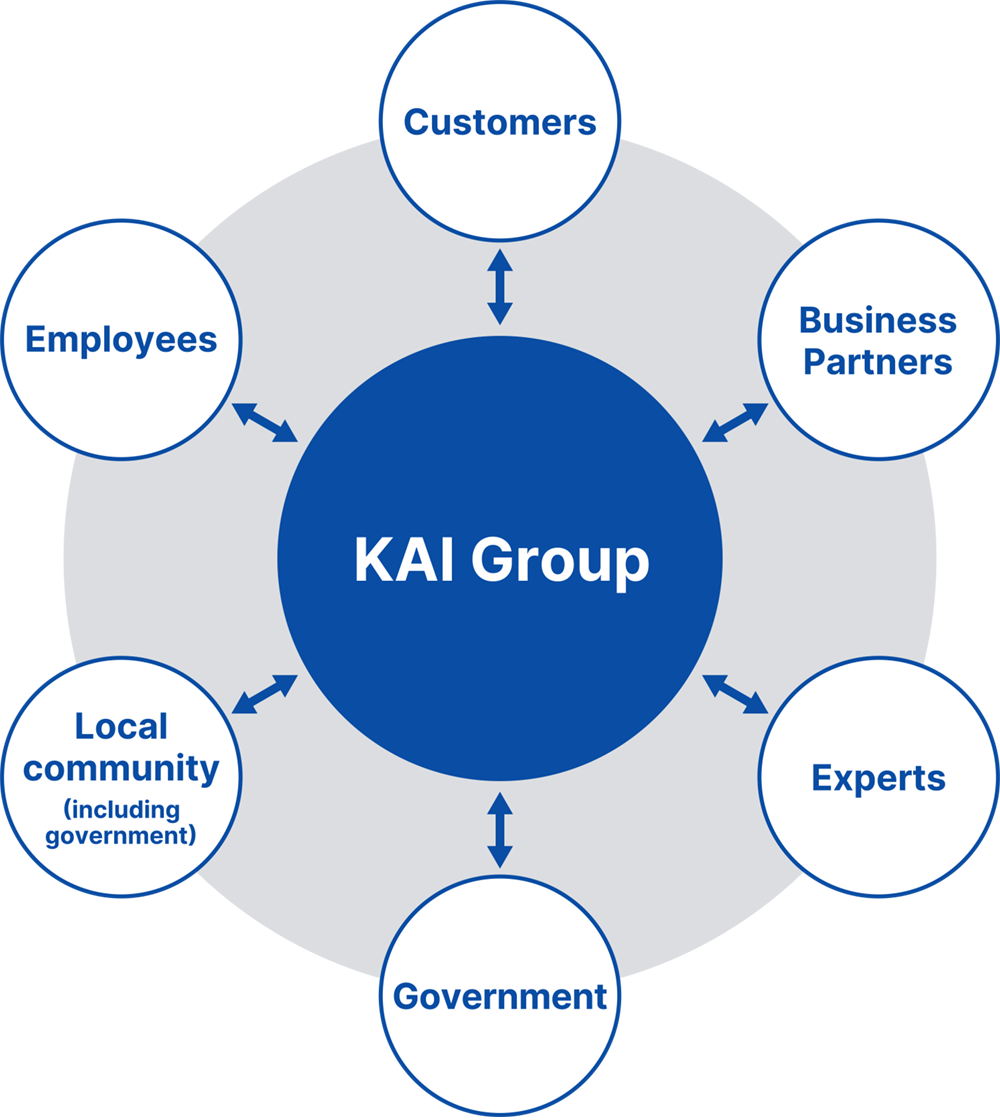
- Stakeholders
- Tools and Actions
- Customers
-
- Customer Service Office (manufacturing)
- Website/Social Media (information transmission)
- Various Events
- Business Partners
-
- Mutual company visits and information sharing
- Sharing of standards for quality/safety management, etc.
- Maintaining fair trade practices
- Employees
-
- Creating a Workplace Environment
- Self-reporting system
- In-house magazine and other internal media
- Compliance System
- Local community
-
- Contributions to the local community
(donations, support for activities, etc.) - Consideration for the base's neighborhood
(management of appropriate employee behavior) - Contributions through Foundation activities
(awards and grants)
- Contributions to the local community
- Government
-
- Guideline operation in line with laws and regulations
- Compliance System
- Experts and
Specialists -
- Cooperation in product creation
(culinary experts, medical experts, etc.) - Creation of collaboration opportunities
(e.g. event sponsorships) - Visualization of the current situation with expert knowledge
(e.g. initiatives in the SDGs)
- Cooperation in product creation
We are committed to responsible manufacturing and sourcing throughout our supply chain.
We promote responsible procurement and manufacturing together with our suppliers for co-prosperity with a sustainable society.
We would like to familiarize our suppliers with the “KAI Group Basic Rules for Sustainable Manufacturing Responsibility.” And through joining Sedex, we promote responsible supply chain management (respect and protection of human rights, environmental conservation, and compliance with laws and regulations).
KAI Group Basic Rules for Sustainable Manufacturing Responsibility (Excerpt)
- 1)
- Compliance
- 2)
- Consideration for human rights, labor, and safety
- 3)
- Quality
- 4)
- Healthy relationships with local communities and stakeholders
- 5)
- Consideration for the global environment
- 6)
- Monitoring
Full Text of KAI Group Basic Rules for Sustainable Manufacturing Responsibility(Third Edition)
Subscription to supplier ethical information sharing platform (Sedex*)

KAI Group joined Sedex in 2021.
We are a Sedex member and are committed to responsible sourcing and building an ethical and sustainable supply chain. Using Sedex tools and services, we work with our suppliers to maintain safe, ethical, and sustainable business practices and protect the working conditions of those working in our supply chain.
*Abbreviation of Supplier Ethical Data Exchange
Environmental Initiatives
Environmental Policy
KAI Group will continue to build our value chain with two themes: minimizing environmental impact and expanding our product value proposition based on the KAI Group Policy for Business Sustainability.
1Responsible Procurement
We will not only reduce the burden on the environment but also fulfill our social responsibilities, including the promotion of appropriate and honest business practices, by promoting sustainable procurement.
2Resource Saving and Recycling
We will focus on further promoting resource and energy - saving activities at each business site, waste reduction and recycling through separation of waste.
3Reduction of Environmental Impact of Products
We will give priority to environmentally friendly development processes throughout the product life cycle from obtaining raw materials to discarding of the products.
4Greenhouse Gas Reduction
We recognize climate change as a serious global issue and will develop a plan from a long-term perspective to become carbon neutral and work to reduce greenhouse gas emissions.
5Public Disclosure and Awareness
We will proactively disclose matters related to our environmental impact and environmental considerations and will continuously make the utmost efforts with our partners.
